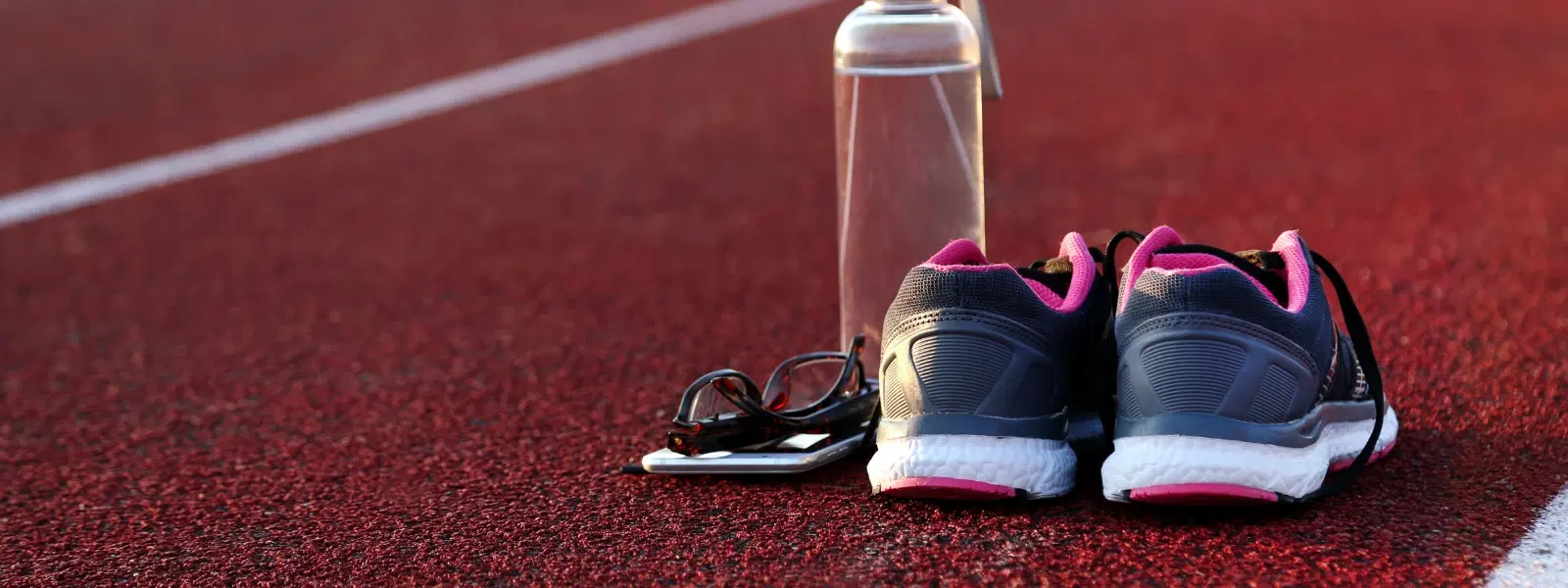
Apparel & Accessories
•03 min read
-b4b0ee01-7102-4782-b4cc-72450eaeb58c.png&w=3840&q=75)
Trekking is an exhilarating way to explore the outdoors, but being well-prepared can make your adventure safe, comfortable, and truly memorable. This guide is designed to help you figure out what to wear for trekking while offering a complete trekking clothes guide packed with expert tips and practical gear recommendations. Whether you are planning a casual day hike or a multi-day trekking expedition, understanding the key elements will enhance your overall experience.
Your journey begins with selecting the right base layers. Moisture-wicking shirts for hiking are essential as they pull sweat away from your skin and help maintain a steady body temperature. Materials such as polyester or merino wool are excellent choices because they dry quickly. Along with these, consider comfortably fitting underwear and sports bras that are breathable and quick-drying to prevent chafing during long treks. High-quality hiking socks for long treks further cushion your feet, guard against blisters, and provide support even during the most challenging routes.
Layering effectively is key to adapting to unpredictable weather. Trekking jacket recommendations suggest selecting a jacket that offers windproof and waterproof protection along with adequate insulation. Waterproof gear for trekking, such as a well-sealed rain jacket or poncho, is crucial when sudden showers hit. Additionally, trekking gloves for protection are important; lightweight versions work well in moderate weather, while insulated gloves are a must when temperatures dip. These layers not only offer protection but also add a stylish edge to your trekking outfit essentials.
When it comes to bottom wear, comfortable trekking pants are a must for ensuring freedom of movement while standing up to rugged terrain. Choose pants that are durable, lightweight, and quick-drying. Convertible options that transition from pants to shorts offer versatility as the weather changes. For colder treks, consider adding thermal leggings or fleece-lined pants as layering pieces under your main pants to keep the chill at bay. This thoughtful combination not only ensures practicality but also matches the spirit of fashion as self-expression and identity.
-961388ae-2e6f-4656-ab76-3780ab6a42c4.png&w=3840&q=75)
Your feet deserve the best when exploring nature. The best shoes for trekking provide stability, ankle support, and grip, ensuring safety over varied terrains. Water-resistant boots or shoes are ideal, as they protect against wet conditions, while breathable options are perfect for warmer treks. It is important to double-check that your hiking socks for long treks are compatible with your footwear, balancing cushioning and moisture management. Paying attention to simple details in your hiking outfit essentials can elevate your overall trekking experience.
Smart trekking is also about carrying your essentials with convenience and style. A lightweight backpack for trekking is invaluable, offering padded straps, multiple compartments, and even a hydration system to ensure you stay comfortable and organized. Additional accessories such as headgear to protect against sun exposure, UV-protective sunglasses, and trekking poles for added stability enhance your outdoor experience. Each element in your packing list helps craft an aspirational brand experience that puts functionality and fashion together, truly embodying the values of freshness and on-trend fashion.
Pro Tip: Layer Smart for Maximum Comfort
Layering is not merely about adding pieces to your outfit. Start with moisture-wicking base layers, add insulating mid-layers, and finish with waterproof outer layers. This approach allows you to adapt effortlessly to changing weather conditions without compromising on comfort or style.
-68be3552-55c1-4572-9cbe-6f32de66a775.png&w=3840&q=75)
Choose outfits that prioritize comfort, moisture management, and protection. Lightweight, moisture-wicking shirts paired with durable trekking pants are ideal, with layers added based on the weather.
Synthetic fabrics like polyester and nylon or natural materials like merino wool are best as they are breathable, quick-drying, and offer excellent moisture-wicking properties.
Yes, a supportive sports bra is important to provide comfort and minimize any discomfort during physical activity.
Focus on sturdy construction, ankle-support, good grip, and weather-appropriate features such as waterproofing or breathability.
In summary, packing the right gear is essential for any trekking adventure. Starting with quality base layers, building up with versatile outerwear, choosing comfortable bottom wear, securing robust footwear, and finishing with a well-organized backpack ensures that every step you take is supported with confidence. Embrace your journey with clothing and accessories that reflect your style, care for the environment, and offer an aspirational experience that is both trendy and reliable. With these detailed tips and a complete gear checklist, your outdoor adventures are set to be both stylish and safe.